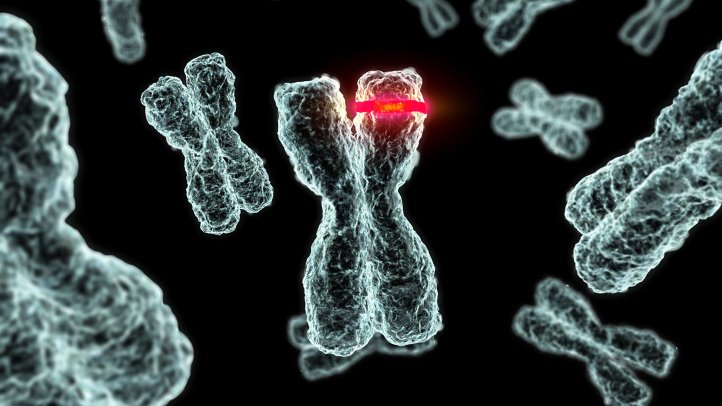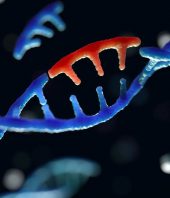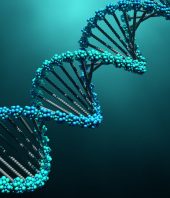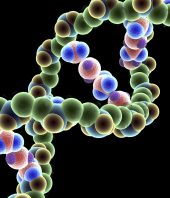DNA mutations cause tumor cells to grow out of control, but they also generate variety that enables organisms to adapt to their environments and evolve. Until now, biologists have only had crude methods for estimating the average rates and effects of mutations. But in a new study, biophysicists have documented individual mutations as they happen in bacterial cells.
These changes occur at about the same rate over time—as opposed to in bursts—and only about 1% are deadly, the researchers report today in Science. Moreover, all bacteria in a given strain seem to have about the same mutation rate—about one mutation per 600 hours in normal bacteria, and about 200 mutations per 600 hours in bacteria engineered to mutate at a faster rate—they note.
To see the mutations, the team built 1000 microscopic channels into a computerlike chip and placed a single bacterial cell at the closed end of each the channel, along with plenty of nutrients to survive. The bacteria carried a modified DNA repair protein that caused any mutations to glow yellow. Then, for 8 hours up to 3 days, the researchers took a picture every few minutes as new bacterial cells were formed, pushed down the channel, and then swept away by fluid flowing across the ends of these channels. Automated image processing let them count the number of mutations and assess how well the cells were doing. Dead cells signaled a deadly mutation; slower growing cells signaled a detrimental change.
According to its developers, the technique can be applied to assess mutation dynamics in other types of cells, even human cancer cells. And the researchers eventually hope to be able to monitor mutation rates real time in entire organisms, such as zebra fish, to see whether different tissues have different mutation rates.
Source: AAAS, Full Article






